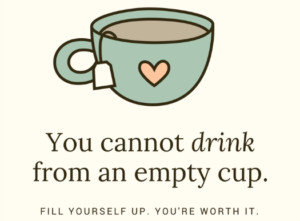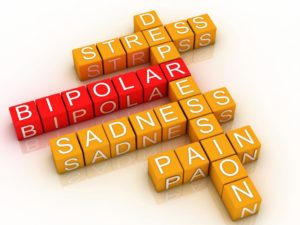Guest article by Melissa Howard. See more articles from stopsuicide.info.

Image courtesy of Pixabay
Life can be difficult. Many people endure dark times, and for some, those periods of darkness can become overwhelming. They can reach a point it becomes unbearable. We offer this important information on suicide, emotional wellness, and stepping back from the edge.
Who is at risk? Suicide can touch any segment of the population. For example, according to statistics, 14 out of every 100,000 Americans committed suicide in 2017. People from all walks of life may be victims of suicide, regardless of age, background, social or economic standing.
Emotional wellness. Emotional wellness refers to your ability to accept a broad variety of emotions, both in yourself and in others. According to some scholars, emotional wellness is necessary for people to be able to manage and express how they feel, to develop healthy self-esteem, and to engage in satisfying, healthy relationships. It’s important to engage in relaxation techniques and a healthy stress-management program to maintain emotional wellness.
If you are unsure about your own emotional wellness, Princeton University offers an online emotional wellness self-assessment tool to gauge your status and choose a plan for improvement.
Suicide warning signs. Warning signs mean someone is harboring thoughts about suicide, and a crisis may be imminent. Suicide Awareness Voices of Education
recommends being alert to the following warnings signs:
- Extreme mood swings, including rages.
- Acting recklessly, such as hazardous driving.
- Abusing substances.
- Talk of being a burden to others.
- Talk of a desire to die or end one’s life.
- Seeking methods for suicide.
- Talk of hopelessness or lack of purpose.
- Talk of unbearable pain.
- Talk of feeling trapped or without relief.
- Anxious or agitated actions.
- Withdrawing or isolating oneself.
- Talk of vengeance.
- Sleeping inadequately or excessively.
The American Psychological Association also notes those considering suicide may show signs of preparing for death. This may take on a variety of appearances, such as giving away possessions once held dear or making funeral arrangements.
What to do. If you or someone you know is considering suicide, please get help. Call the National Suicide Prevention Lifeline, at any time of the day or night. The number for the hotline is 1-800-273-TALK (8255). It’s a free service to connect those in crisis with help. Experts recommend adding the hotline to your cell phone in case of an emergency, as well as the number for a trusted relative or close friend. Also, don’t hesitate to seek out a counselor or therapist if you feel you need to speak with someone. Many insurance policies cover this type of therapy, and seniors who are enrolled in Medicare have access to an annual depression screening through their primary care physician. Additionally, those seniors with a Medicare Advantage plan, such as one from UnitedHealthcare, can take advantage of counseling services and prescription drug coverage.
If someone is in immediate danger, you can call emergency services. Also, include the non-emergency number for the local police department in your phone.
There is hope. No matter how difficult life becomes, remember that tomorrow is a new day. If you or someone you love is suffering, reach out. No matter how dark it seems, things can be better.







